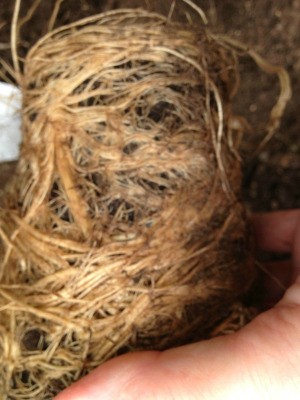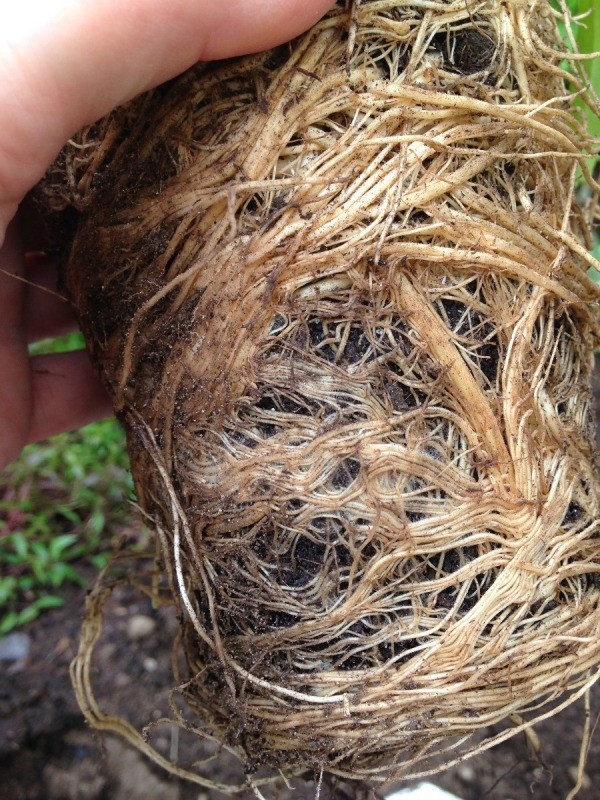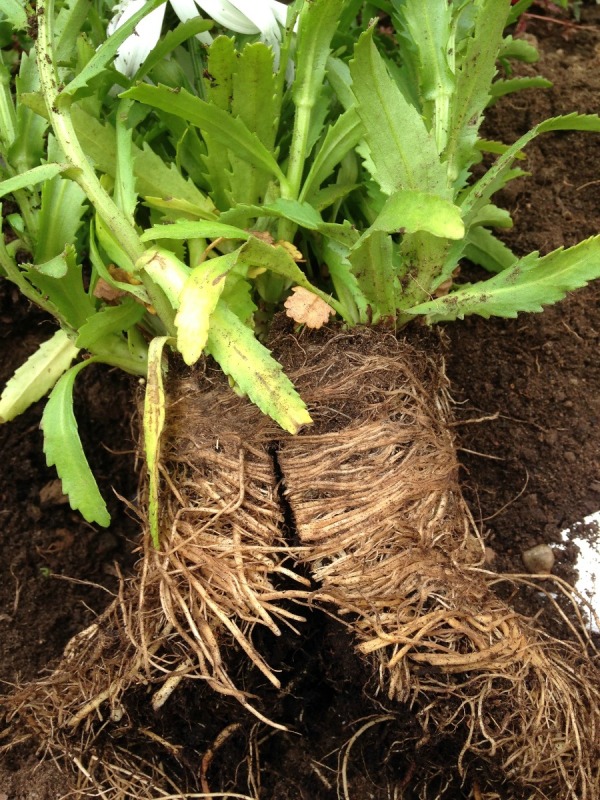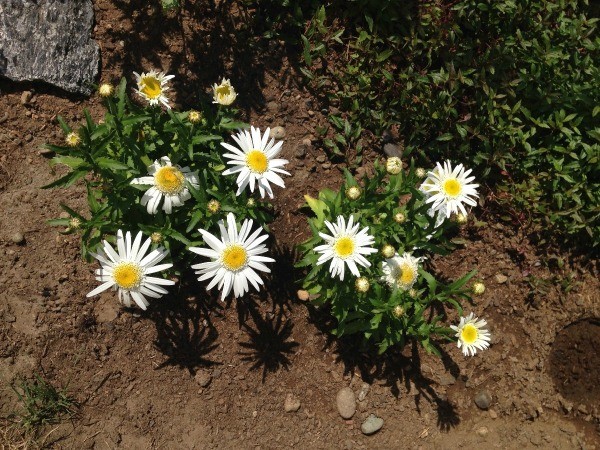 I often shop the discount plants at nurseries and big box stores. I have gotten many bargain plants that have thrived in my garden despite their shaky start. When buying plants such as these, as well as the full price stock, you are likely to take home one that is root bound. You can recognize these plants in a couple of ways. The dry, droopy plant with roots growing out of the bottom drainage holes is root bound, and likely severely so. You may want to just pass on this one, even if it is on sale. If you decide to go for it anyway then the information in this tip, based on my own experience and supporting information found on the internet, may help save that bargain plant.
I often shop the discount plants at nurseries and big box stores. I have gotten many bargain plants that have thrived in my garden despite their shaky start. When buying plants such as these, as well as the full price stock, you are likely to take home one that is root bound. You can recognize these plants in a couple of ways. The dry, droopy plant with roots growing out of the bottom drainage holes is root bound, and likely severely so. You may want to just pass on this one, even if it is on sale. If you decide to go for it anyway then the information in this tip, based on my own experience and supporting information found on the internet, may help save that bargain plant.
Root bound means exactly that, the plant's roots have outgrown the container and have begun to wrap around on the inside of the pot. Some plants are only slightly root bound, allowing you to carefully tease the root mass apart and gently spread them when transplanting into your garden.
Other times you may encounter a plant that is so badly root bound it is difficult to even remove it from the plastic nursery pot. Often in such cases this is when you will see the roots protruding from the drainage holes. In this case, if the pot is flexible you can squeeze it a bit all around and loosen the root ball allowing you to remove it. If this does not work you will need to cut the pot away from your new plant.
Once removed you will likely see a plant with a root ball similar to that of these Shasta daisies, that I rescued from the half dead plant rack at Lowes. You will probably not be able to loosen the roots in this case.
To improve your plant's chances you will need to make 3-6 vertical cuts (depending on plant size) with a sharp, sterile knife around the ball. You may also want to cut an X in the bottom of the root ball.

Place your plant into the prepared planting hole, spread the roots of the ball apart, if possible. Now add your soil, gently packing it down to remove air pockets.
Water slowly and deeply to hydrate the plant and its roots. This method will also help the soil settle around the roots. Water regularly until your plant is established and then as directed for this particular specimen. You might also want to include a plant growth hormone with the watering to stimulate new root growth. Some gardeners will also consider pruning back some of the plant's foliage to encourage root regrowth success.
Keep close watch on your new plant, as it as been doubly traumatized, first by being root bound and now by your efforts to save it. Keep it moist and you may need to provide a bit of shade if it is planted in a sunny location.
Happy gardening.
This page contains the following solutions.
The roots of some plants prefer the wide open spaces of living in a large-sized pot. For other plants' roots, a tight, cozy pot where they can reach out and touch the walls feels more like home.